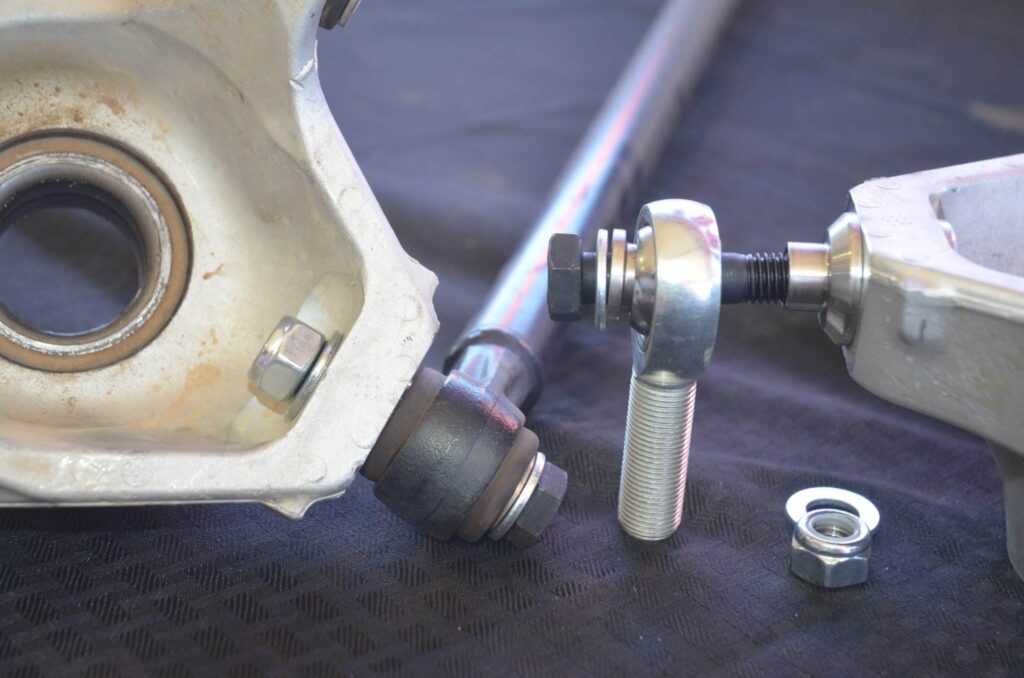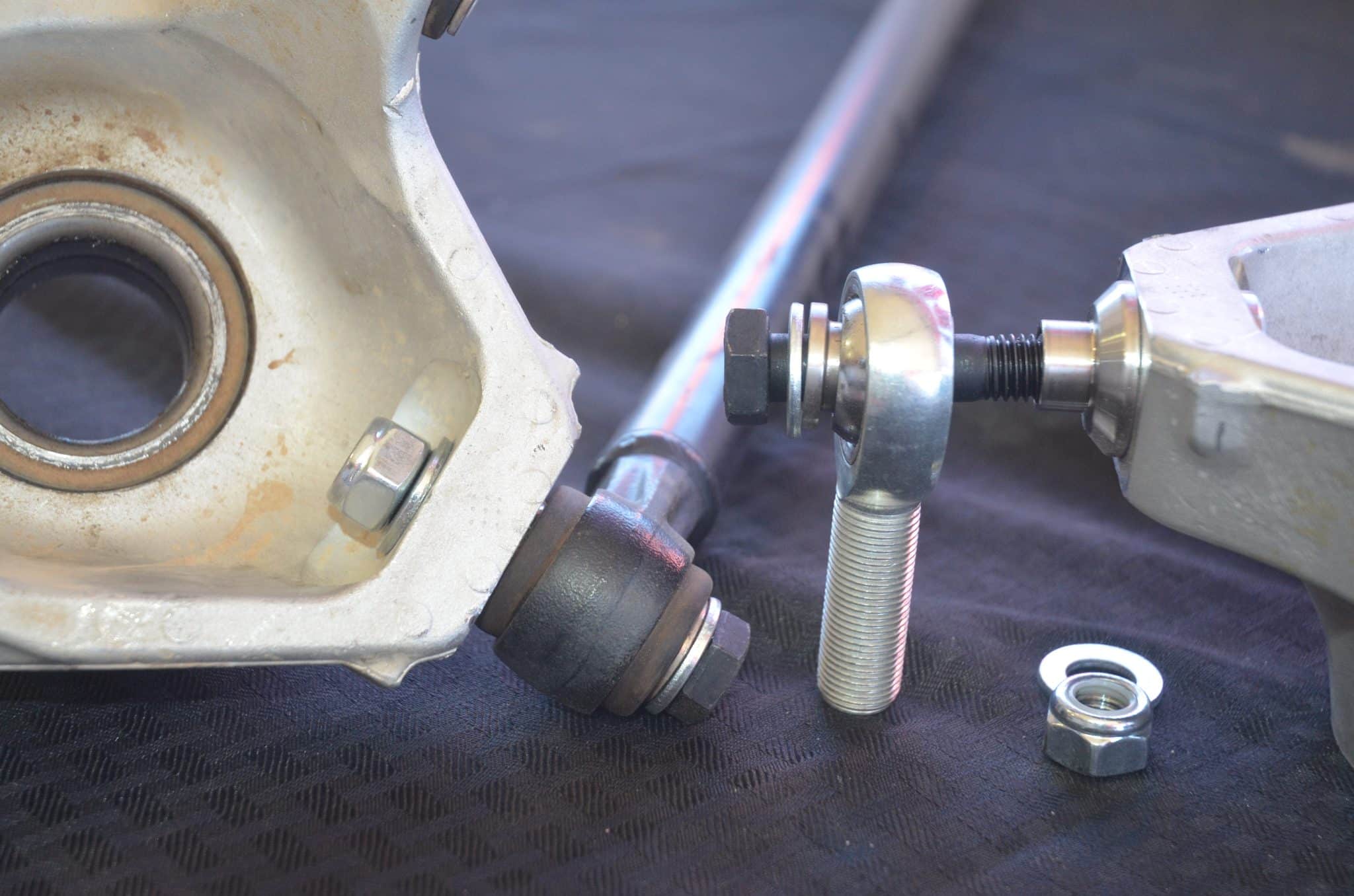
How to Tell If the Washer Is Over Torqued or Conical: A Comprehensive Guide
Ensuring proper torque on fasteners is critical in various applications, from automotive repair to construction. Over-torquing or using the wrong type of washer, such as a conical washer when a flat one is needed, can lead to serious problems, including component failure and safety hazards. This guide will provide a detailed look at how to tell if the washer is over torqued or if you’re dealing with a conical washer issue, offering practical advice and troubleshooting tips.
Understanding Torque and Washers
Before diving into the specifics, it’s important to understand what torque is and the different types of washers. Torque is a twisting force that tends to cause rotation. In the context of fasteners, it refers to the amount of force applied when tightening a nut or bolt. Washers, on the other hand, are thin plates with a hole that are used to distribute the load of a threaded fastener, such as a bolt or screw. They can also be used to reduce friction, prevent loosening, or insulate components.
Types of Washers
- Flat Washers: These are the most common type of washer and are used to distribute the load evenly.
- Lock Washers: Designed to prevent fasteners from loosening due to vibration or movement.
- Conical Washers (Belleville Washers): These are cone-shaped washers designed to provide a spring-like effect, often used in applications requiring high preload or vibration resistance.
- Fender Washers: These have a larger outer diameter than standard flat washers and are used to distribute the load over a larger area.
Identifying Over Torquing Issues
Over-torquing occurs when a fastener is tightened beyond its specified torque limit. This can cause several issues, making it crucial to know how to tell if the washer is over torqued.
Signs of an Over Torqued Washer
- Deformation of the Washer: One of the most obvious signs is a visibly deformed washer. An over torqued washer may appear flattened, bent, or even cracked.
- Damage to the Fastener: Over-torquing can also damage the bolt or nut itself. Look for stripped threads, stretching, or signs of breakage.
- Damage to the Mating Surface: The surface against which the washer is pressed may show signs of indentation, cracking, or deformation.
- Difficulty Removing the Fastener: An over torqued fastener may be difficult to remove, often requiring excessive force or specialized tools.
- Loss of Preload: Although it might seem counterintuitive, over-torquing can actually lead to a loss of preload (the tension in the bolt). This is because the fastener may yield, reducing its ability to maintain clamping force.
Tools for Detecting Over Torquing
- Torque Wrench: Using a torque wrench is the best way to prevent over-torquing in the first place. It allows you to apply a precise amount of torque to a fastener.
- Visual Inspection: A careful visual inspection can often reveal signs of over-torquing, such as deformed washers or damaged fasteners.
- Thread Gauges: These can be used to check for stretched or damaged threads on bolts and nuts.
Recognizing Conical Washer Problems
Conical washers, also known as Belleville washers, have a specific design and purpose. Using them incorrectly or mistaking them for flat washers can cause problems. Understanding how to tell if the washer is over torqued in the context of conical washers is essential.
Identifying Conical Washers
The most obvious way to identify a conical washer is its shape. Unlike flat washers, conical washers are cone-shaped, with a raised center. They are designed to deflect under load, providing a spring-like effect.
Issues Related to Conical Washers
- Incorrect Installation: Conical washers must be installed with the correct orientation. Typically, the outer edge should face the nut or bolt head. Incorrect installation can prevent the washer from functioning properly and may even damage the fastener.
- Using the Wrong Washer: Substituting a conical washer for a flat washer, or vice versa, can lead to improper load distribution and potential failure.
- Over Compression: Like any spring, a conical washer can be over-compressed, leading to a loss of its spring force and potential damage.
- Material Compatibility: Using a conical washer made from the wrong material can lead to corrosion or failure, especially in harsh environments.
Troubleshooting and Prevention
Knowing how to tell if the washer is over torqued is just the first step. Preventing these issues is equally important.
Best Practices for Torqueing Fasteners
- Use a Torque Wrench: Always use a torque wrench to tighten fasteners to the specified torque.
- Consult Torque Specifications: Refer to the manufacturer’s specifications for the correct torque values. These can usually be found in the equipment’s manual or online.
- Proper Lubrication: Lubricating the threads of a fastener can reduce friction and ensure accurate torque readings. However, be sure to adjust the torque value accordingly, as lubrication can affect the amount of force required to achieve the desired preload.
- Inspect Fasteners and Washers: Before installation, inspect fasteners and washers for any signs of damage or wear. Replace any components that are questionable.
- Use the Correct Washer: Ensure you are using the correct type of washer for the application. If a flat washer is specified, do not substitute it with a conical washer, and vice versa.
- Follow Proper Installation Procedures: Follow the manufacturer’s instructions for installing fasteners and washers. This includes ensuring proper alignment and orientation.
Dealing with Over Torqued Fasteners
If you suspect that a fastener has been over torqued, take the following steps:
- Loosen the Fastener: Carefully loosen the fastener, using appropriate tools.
- Inspect the Components: Inspect the fastener, washer, and mating surface for any signs of damage.
- Replace Damaged Components: Replace any components that show signs of damage, such as stripped threads or deformation.
- Re-Torque to Specification: Re-torque the fastener to the specified torque, using a torque wrench.
Addressing Conical Washer Issues
If you suspect that a conical washer is causing problems, consider the following:
- Verify Installation: Ensure the conical washer is installed with the correct orientation.
- Check for Over Compression: Look for signs of over compression, such as a flattened or deformed washer.
- Replace if Necessary: If the conical washer is damaged or over-compressed, replace it with a new one.
- Consult an Expert: If you are unsure about the proper use of conical washers, consult with a mechanical engineer or fastener specialist.
Case Studies and Examples
To further illustrate the importance of understanding how to tell if the washer is over torqued or dealing with conical washer issues, let’s consider a few case studies.
Case Study 1: Automotive Repair
In an automotive repair shop, a mechanic over torqued a wheel lug nut while replacing a tire. The over torqued nut caused the wheel stud to stretch and eventually break while the vehicle was in motion, leading to a wheel separation and a near-fatal accident. This highlights the critical importance of using a torque wrench and following specified torque values.
Case Study 2: Construction Project
During the construction of a steel structure, workers mistakenly used flat washers instead of conical washers in a critical joint. The lack of spring force provided by the conical washers caused the joint to loosen over time, compromising the structural integrity of the building. This underscores the importance of using the correct type of washer for the application.
Case Study 3: Manufacturing Assembly
In a manufacturing plant, an assembly line worker over-compressed a conical washer during the assembly of a machine component. The over-compressed washer lost its spring force, leading to premature failure of the component. This emphasizes the need for proper training and adherence to assembly procedures.
The Importance of Proper Fastening Techniques
Proper fastening techniques are essential for ensuring the reliability and safety of mechanical systems. Understanding how to tell if the washer is over torqued or dealing with conical washer issues is a critical part of this. By following best practices for torqueing fasteners, using the correct type of washer, and inspecting components regularly, you can prevent costly failures and ensure the longevity of your equipment.
Conclusion
Knowing how to tell if the washer is over torqued or if you’re facing a conical washer problem is vital for maintaining the integrity and safety of various mechanical systems. By understanding the signs of over-torquing, recognizing conical washer issues, and following best practices for fastener installation, you can prevent costly failures and ensure the long-term reliability of your equipment. Always use a torque wrench, consult torque specifications, and inspect components regularly to avoid potential problems. Proper fastening techniques are not just a matter of convenience; they are a matter of safety and reliability. Remember to always prioritize accuracy and precision when working with fasteners and washers. When in doubt, consult with a qualified professional to ensure that the job is done right. Knowing how to tell if the washer is over torqued can save time, money, and potentially lives.
In summary, how to tell if the washer is over torqued involves looking for deformation, fastener damage, and difficulty in removal. Conical washer issues are identified by their shape and potential for incorrect installation or over-compression. Always use the right tools and techniques to prevent these problems. Remember, understanding how to tell if the washer is over torqued is a crucial skill for anyone working with mechanical systems. Taking the time to learn and apply these principles will pay off in the long run. Further, remember to always consider the specific application when determining the appropriate torque and washer type. What works in one situation may not work in another. Always consult the manufacturer’s recommendations and, when necessary, seek expert advice. Mastering how to tell if the washer is over torqued or if a conical washer is causing issues is an investment in safety, reliability, and long-term performance. Finally, remember that regular maintenance and inspection are key to preventing fastener-related problems. By proactively addressing potential issues, you can avoid costly repairs and ensure the continued safe operation of your equipment. Knowing how to tell if the washer is over torqued is just one piece of the puzzle, but it’s a crucial one.
[See also: Related Article Titles]
[See also: Understanding Torque Specifications for Fasteners]
[See also: The Importance of Using the Right Washers]

